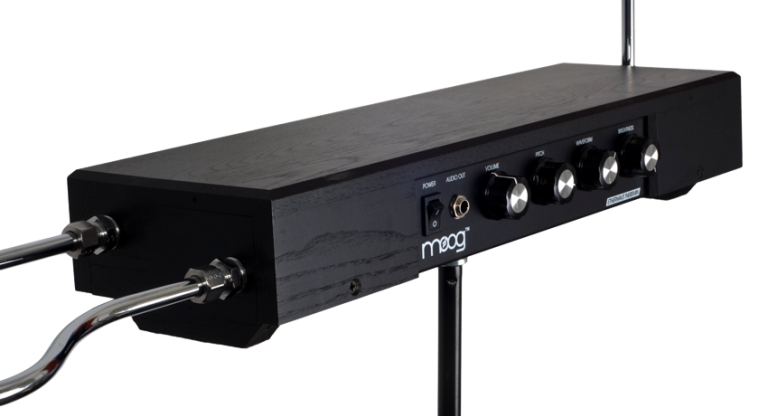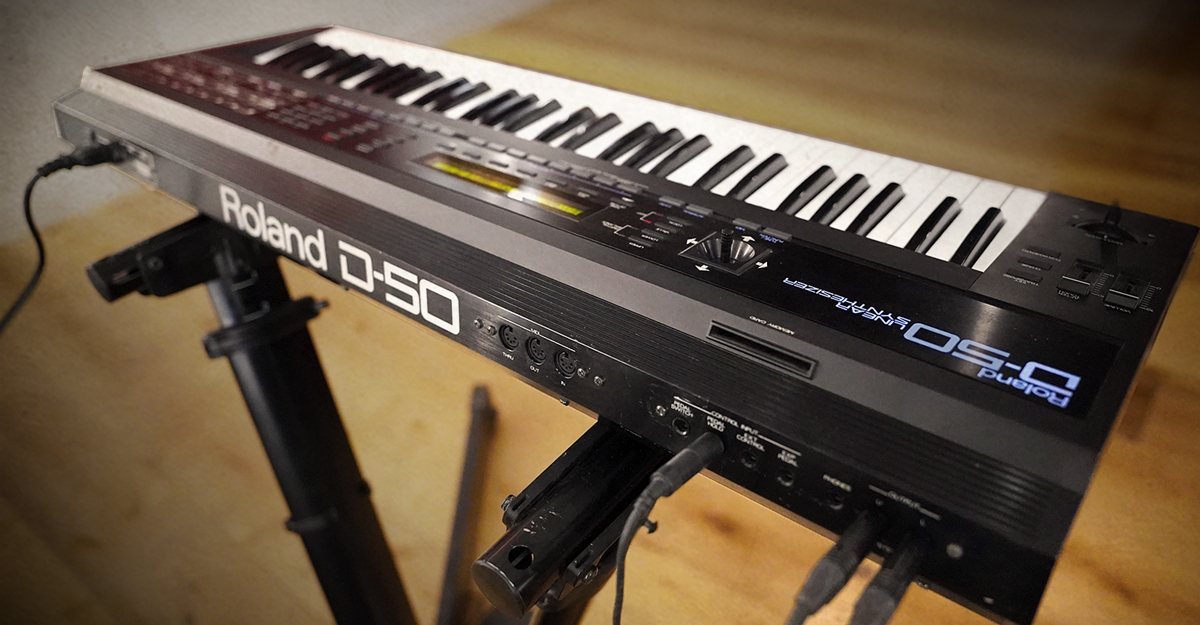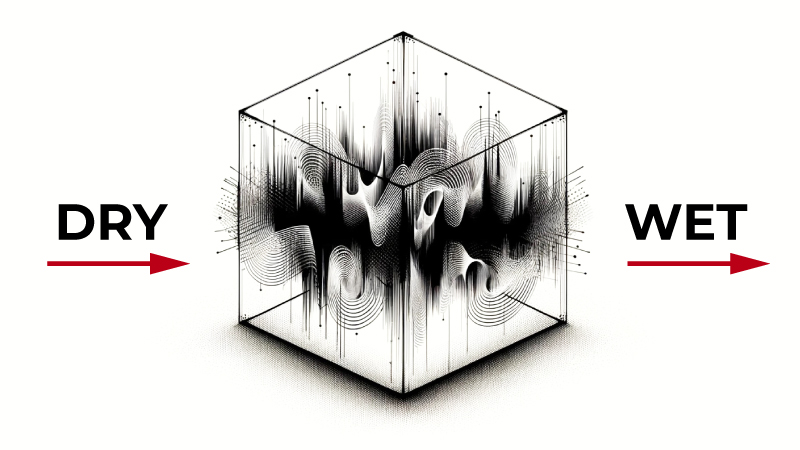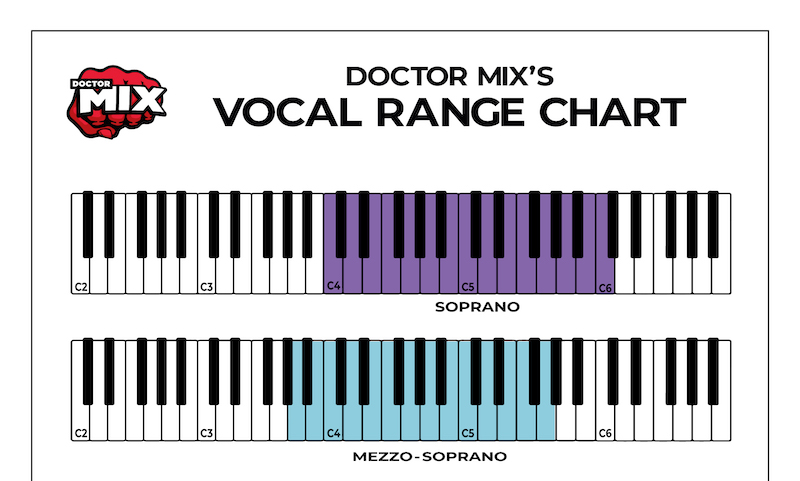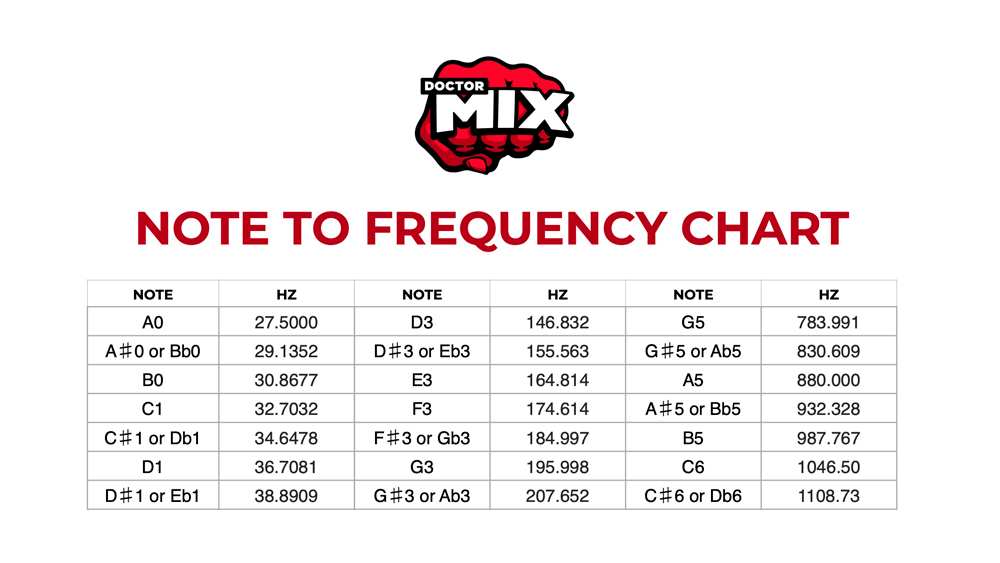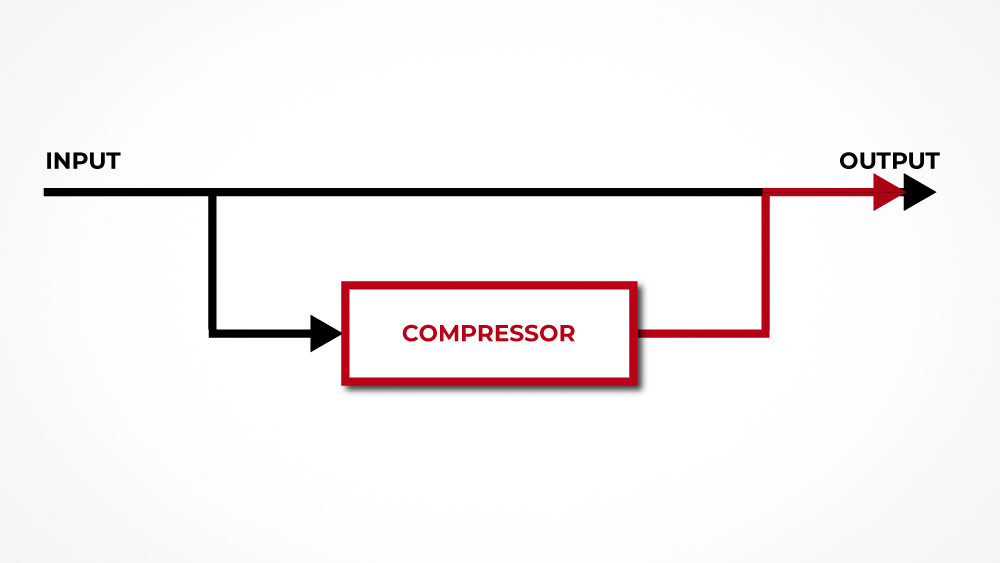How To Prepare A Track For Mixing
This week we’ve done a short video about the most important rules to be observed before starting any mix. These 5 steps are essential to achieving the best sound possible and a maintaining smooth workflow. Here is the video: https://youtu.be/Wr4kSgKFAUc
1 – RENAMING YOUR TRACKS
Use clear and short names for your each channel so that you’ll be able to recognise instruments a lot quicker. For example Bass Drum can be “BD” or “KIK”. Snare Drum can be “SD”, then “TOM1”, “TOM2” and so on. Come up with your personal naming scheme and stick to it. This way when you are mixing you immediately know what element is as the names are consistent.
2 – COLOUR CODING
Especially when you are working with lots of channels, navigating through your mix can be quite confusing. If you apply a colour scheme to your channels then it will be a lot easier to find your way around your mix window. For example I like my drums to be red, my percussion to have a different shade of red, lead vocals purple, backing vocals yellow, bass blue, keyboards green, horns brown and so on. You can choose your own colour scheme, but if you are consistent with it from one mix to the next then it’ll be a lot easier to scroll through your channels and you’ll save a lot of time.
3 – GAIN STAGING
You want to make sure that you are always using reasonable levels in your mix. As a rule of thumb we always suggest is leaving the faders to 0 and adjust the gain of each channel to obtain a basic balance, making sure that the sum of them doesn’t hit the master bus above -12dBs. This will allow some space for you to get louder (which inevitably happens as you mix on) and at the same time will feed the plugins with a more reasonable amount of level. Remember that many plugins don’t like to be driven too hard, in fact you may find that a lot of the plugins you already use have an “input sweet spot” quite far below 0dB FS.
4 – FILTERING
Filter the low end out of channels where the low end is not relevant: keyboards, percussions, pads, etc. You should let the low end coming from the kick and bass to flow freely. Sometimes synthesizers (or other instruments) have a bass function, in which case you don’t need to apply filtering. But on the rest of the tracks you can filter away.
5 – DO YOUR BUS ROUTING
We’ve been talking about this before and we have few articles about it on our blog, but in a nut shell, have all sections divided into groups, where each group has its own bus: drums, bass, keyboards, guitars, vocals and so on. If you divide your mix into different busses, it will be easier to automate your mix, you’ll have one more place to add a bit more compression, and ultimately you’ll have better control over your overall sound.
Related Blog:
How To Make My Mix Sound Professional: 10 Golden Rule
How To Mix Music: Bus Routing Explained
If you want to know more about professional mixing techniques and tips, try our online video course “The Official Guide To Mixing”. We explain all these step above (and much more) in details with 24 videos in 3hrs. Get now from the link below with 20% discount.

or you can rely on us to do the best for your production by ordering our Online Mixing, Mastering and Song Production service


